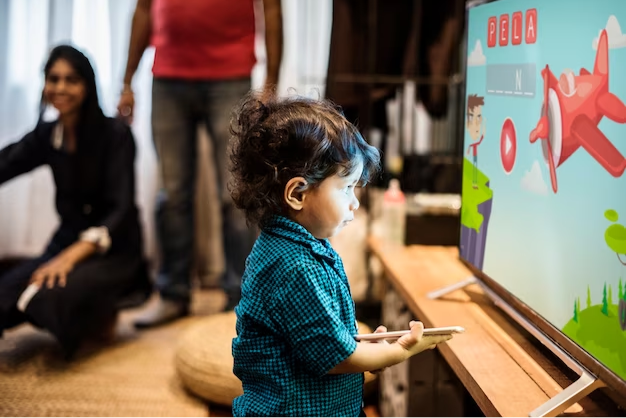
Paediatrics & Paediatrics Surgery
Striking a Balance: Navigating Screen Time for Children
December 2023
Paediatrics & Paediatrics Surgery

In today's digital age, children have unprecedented access to screens – from smartphones and tablets to computers and TVs. While technology has brought immense benefits, it's also raised concerns about the impact of excessive screen time on children's physical and mental well-being. In this article, we'll explore screen time guidelines for kids and how parents can strike a balance that ensures both the benefits and the potential risks of screen use.
The Importance of Screen Time Guidelines:
Before we delve into specific guidelines, let's understand why they are essential:
Screen Time Guidelines for Kids:
The American Academy of Pediatrics (AAP) provides the following guidelines for screen time:
- Avoid the use of screens other than video chatting.
- If parents want to introduce digital media, choose high-quality programming/apps and use them together with the child. Limit screen time to 1 hour per day.
- Limit screen time to 1 hour per day of high-quality programming. Co-view content and engage with your child to help them understand what they are seeing.
- Set consistent limits on the amount of screen time, ensuring it does not interfere with sleep, physical activity, and other healthy behaviors. Encourage a balance of activities, including outdoor play, reading, and hobbies.
Balancing Screen Time with Other Activities:
Striking a balance between screen time and other activities is key. Encourage:
Screen time guidelines for kids are vital in the digital age, as they help parents strike a balance between the benefits of technology and the potential risks of excessive screen use. By following the recommendations of organizations like the AAP and emphasizing other activities, you can ensure that your child's screen time is a positive and constructive part of their development while maintaining their physical and mental well-being.

Paediatrics & Paediatrics Surgery
December 2023

Paediatrics & Paediatrics Surgery
December 2023